by Bella Mar 05,2025
Capcom's Monster Hunter franchise, celebrating its 20th anniversary in 2024, roars back in 2025 with Monster Hunter Wilds. This prolific series, spanning multiple console generations, achieved new heights with Monster Hunter World (2018) and Monster Hunter Rise (2021), Capcom's two best-selling titles ever.
Launching February 28th, Monster Hunter Wilds prompts a retrospective on the franchise's key installments, chronologically listed below. Note: this curated list focuses on the most significant entries, excluding mobile, arcade, and discontinued MMO titles like Monster Hunter Frontier, Monster Hunter Online, and the Japan-exclusive Monster Hunter Diary: Poka Poka Airou Village.
The Monster Hunter Game Selection Dilemma:
The Monster Hunter series lacks a continuous narrative, offering flexibility in entry points. Newcomers in 2025 might prefer awaiting Monster Hunter Wilds reviews. However, Monster Hunter World (emphasizing exploration and immersion) or Monster Hunter Rise (prioritizing speed and fluidity) provide excellent starting points.
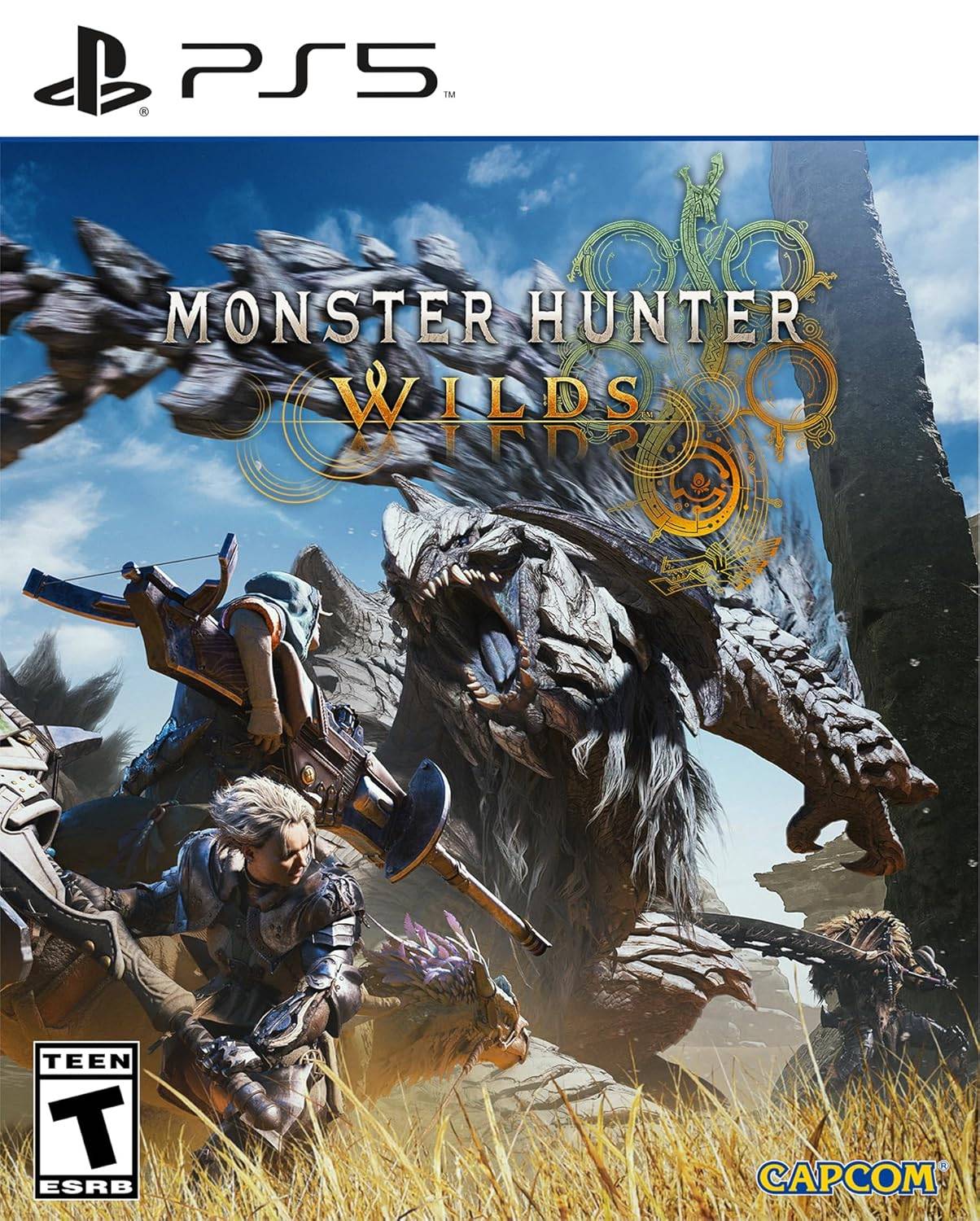
Every Monster Hunter Game (Selected Highlights):
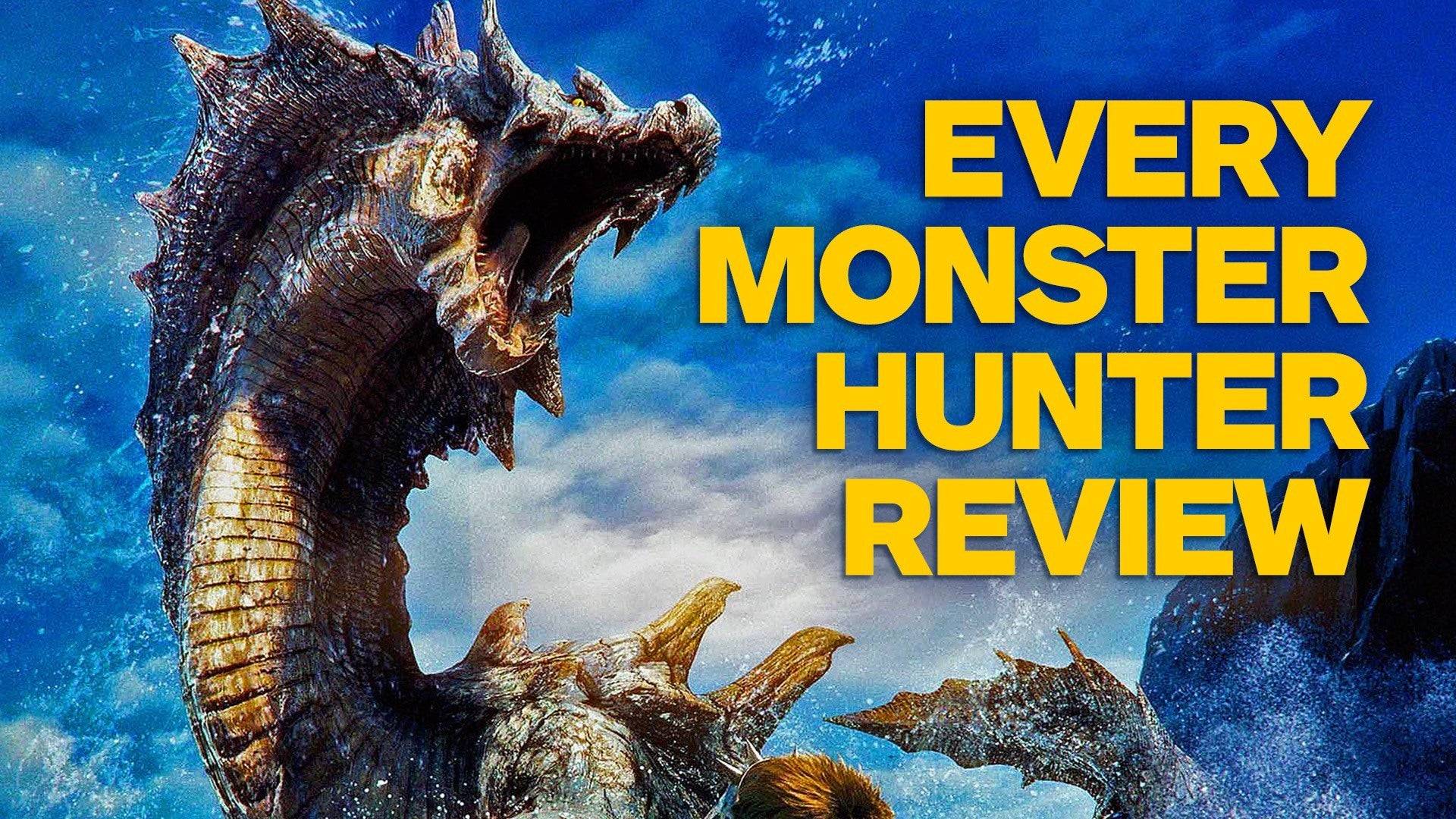
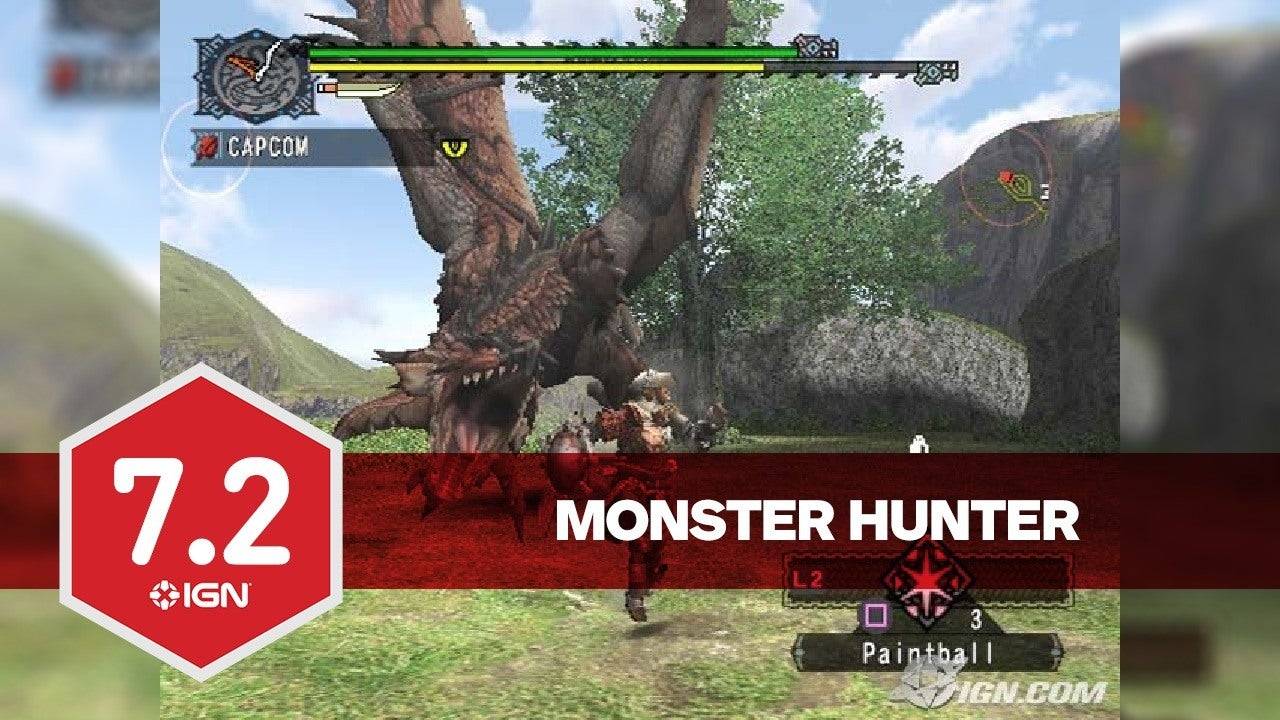
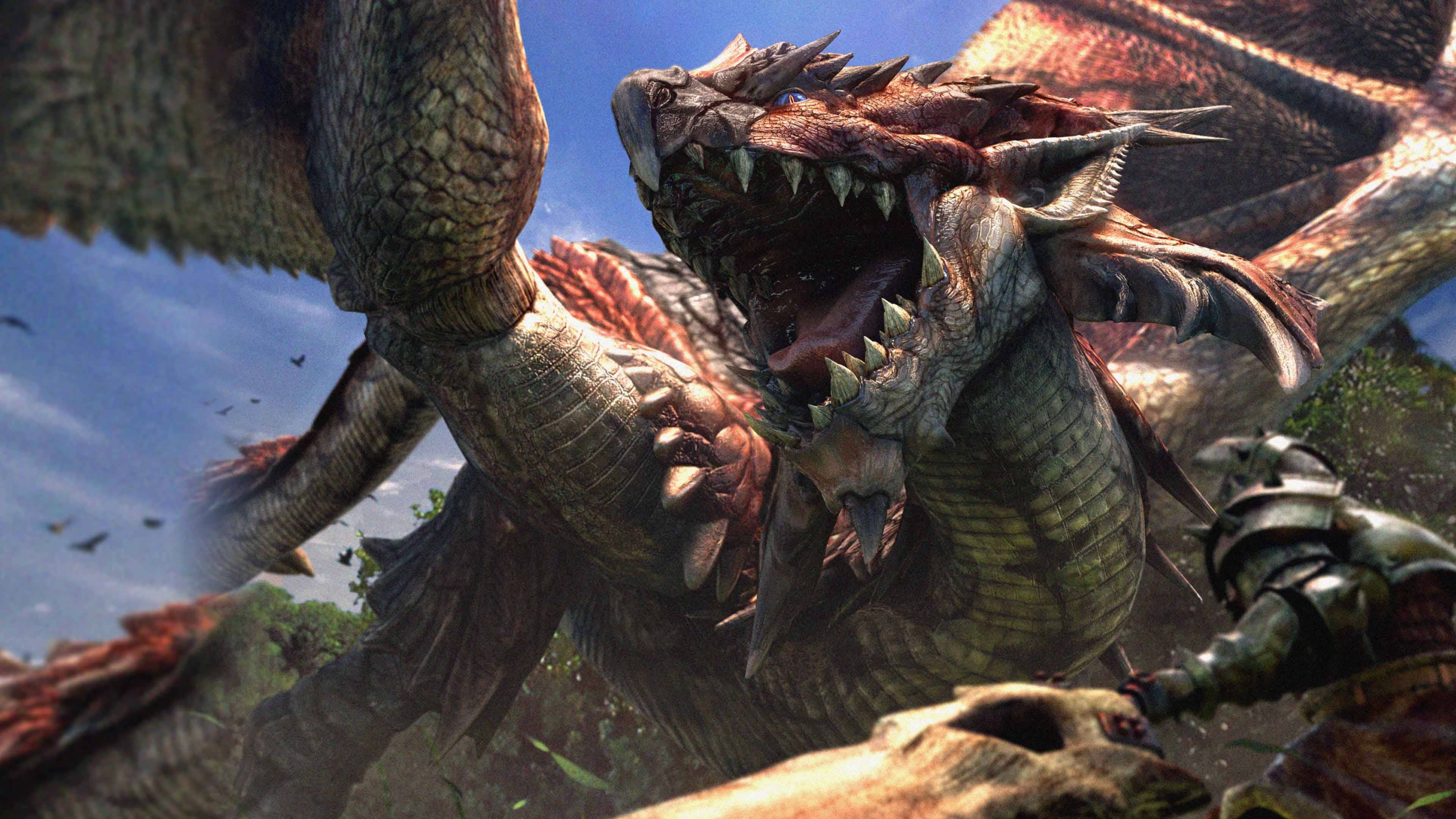
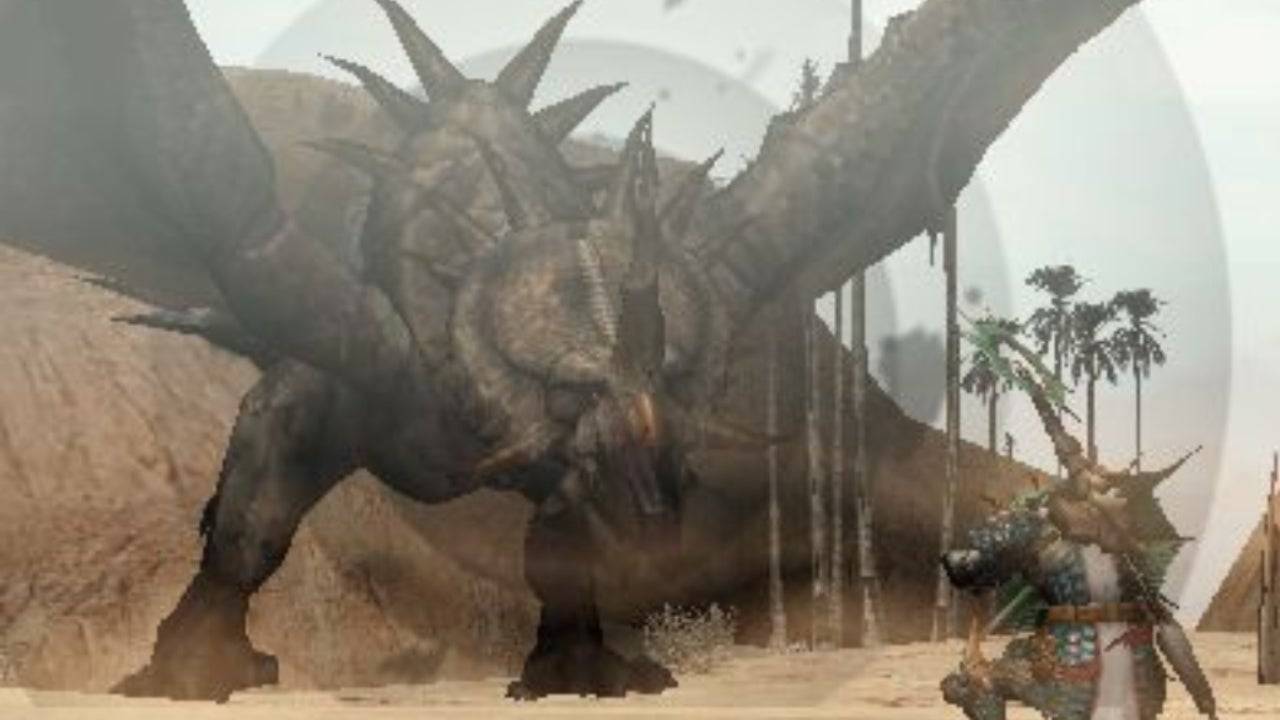
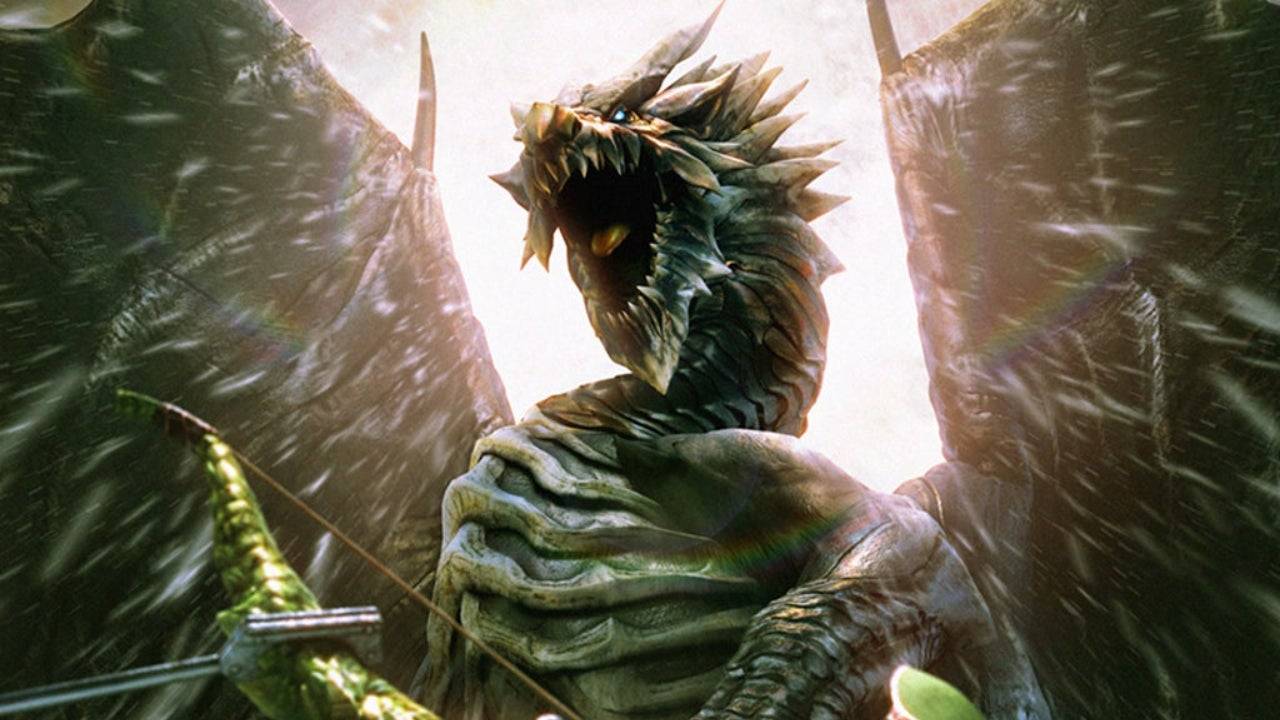
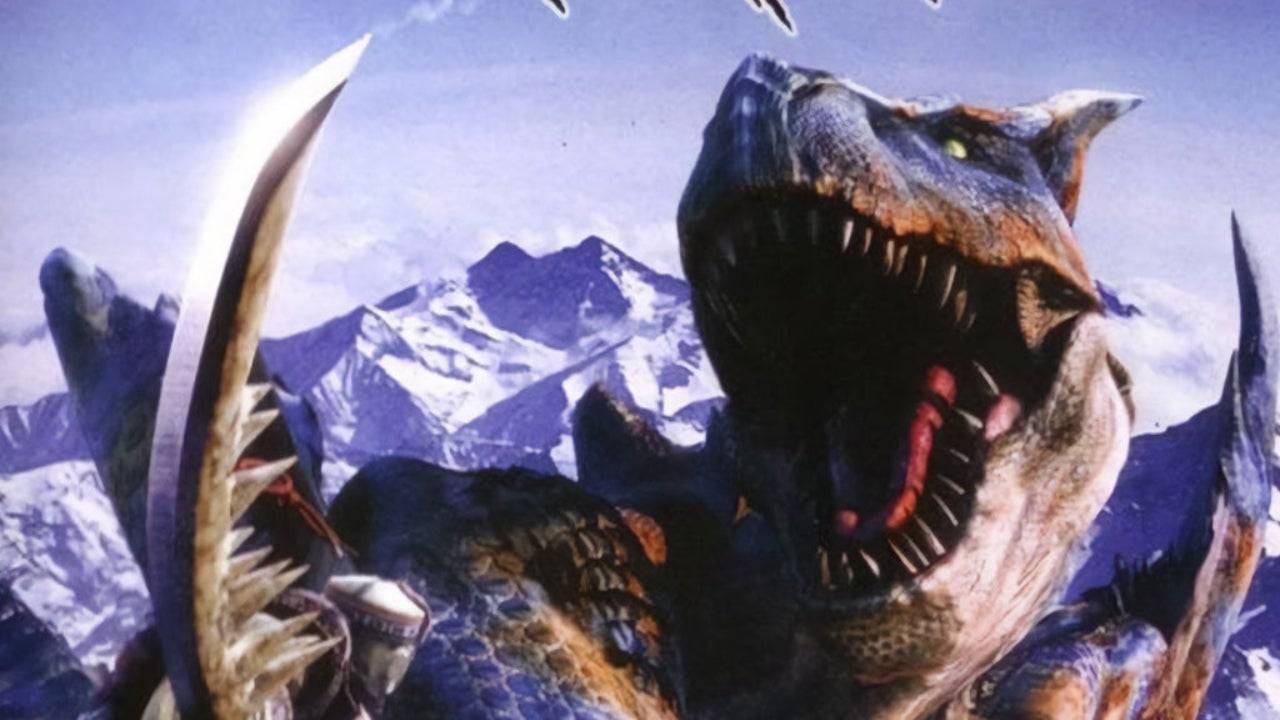
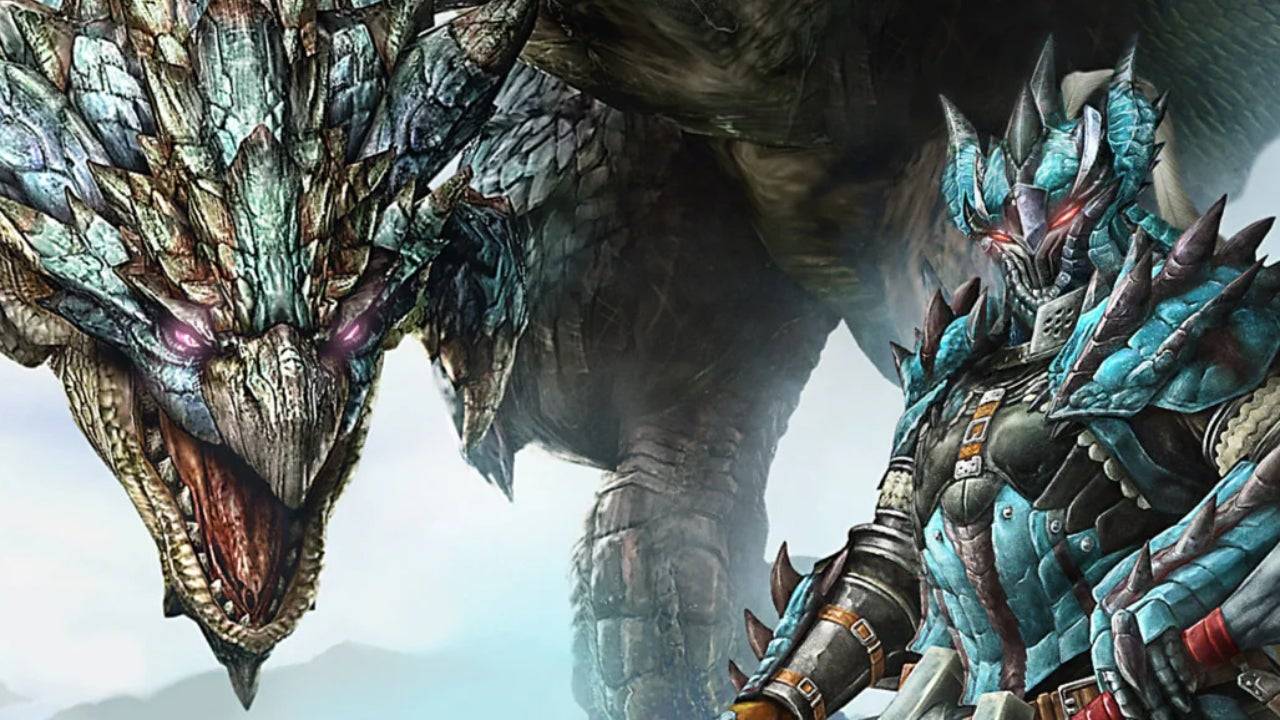
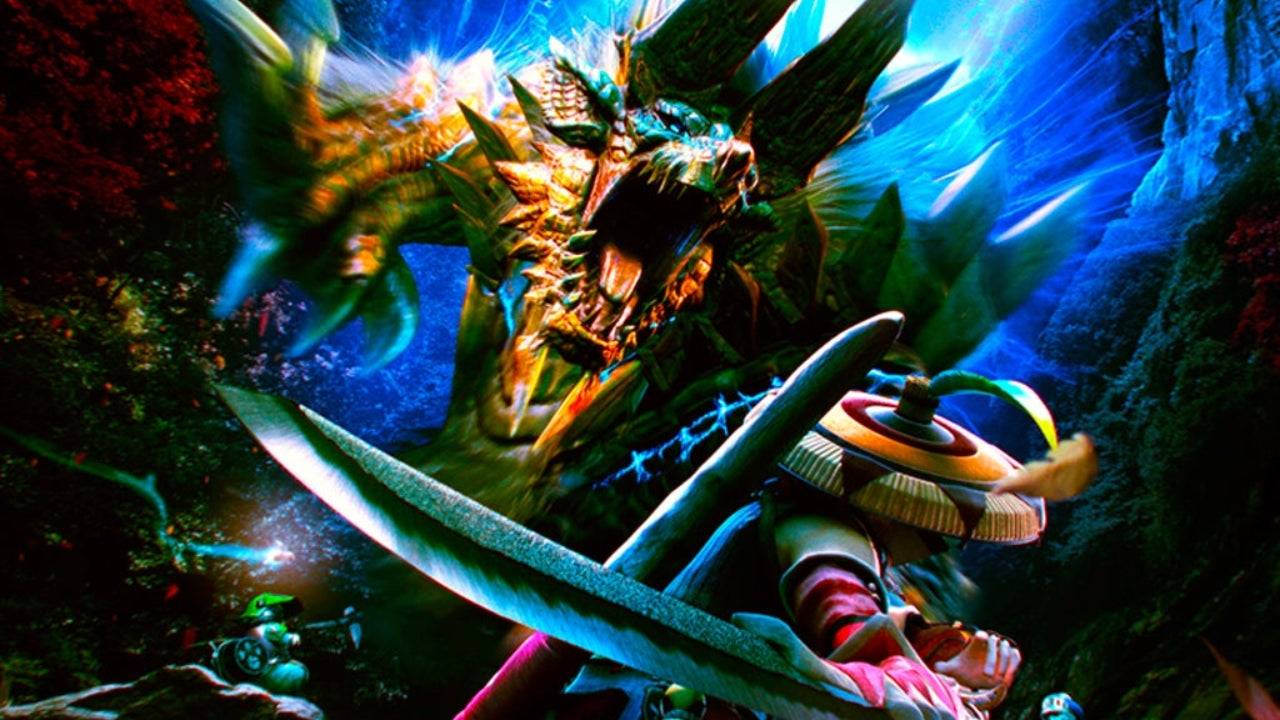
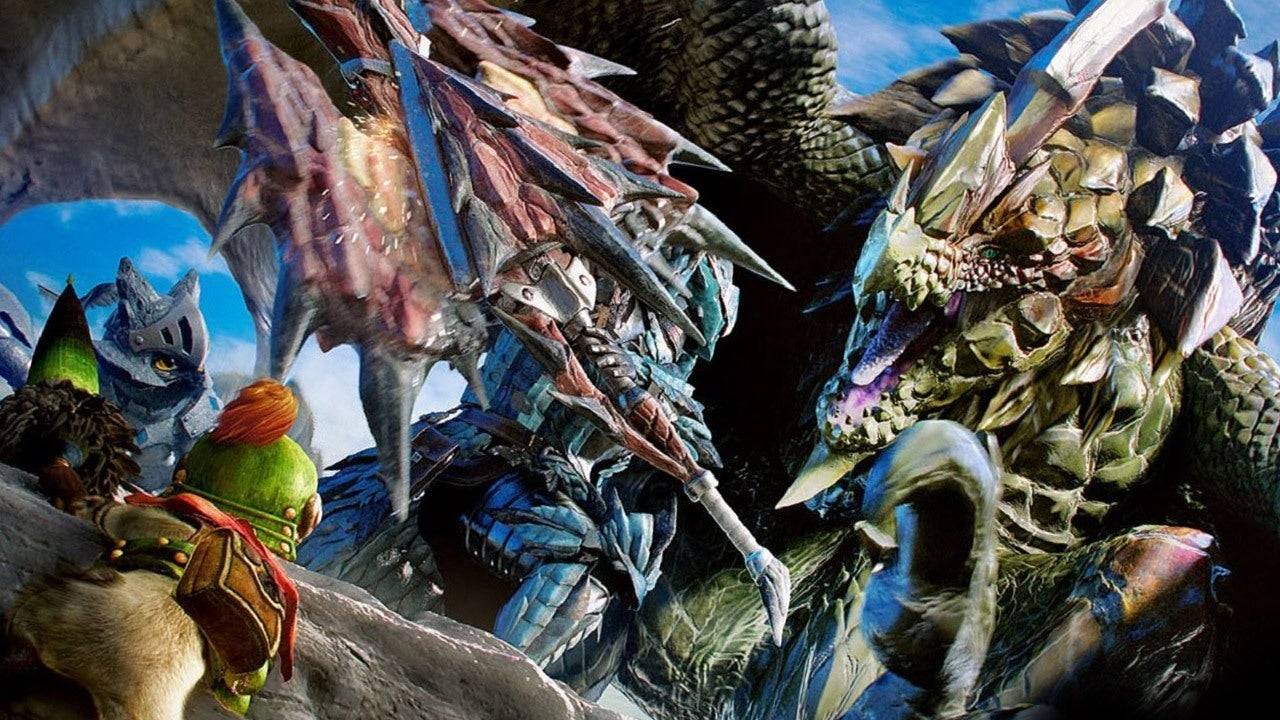
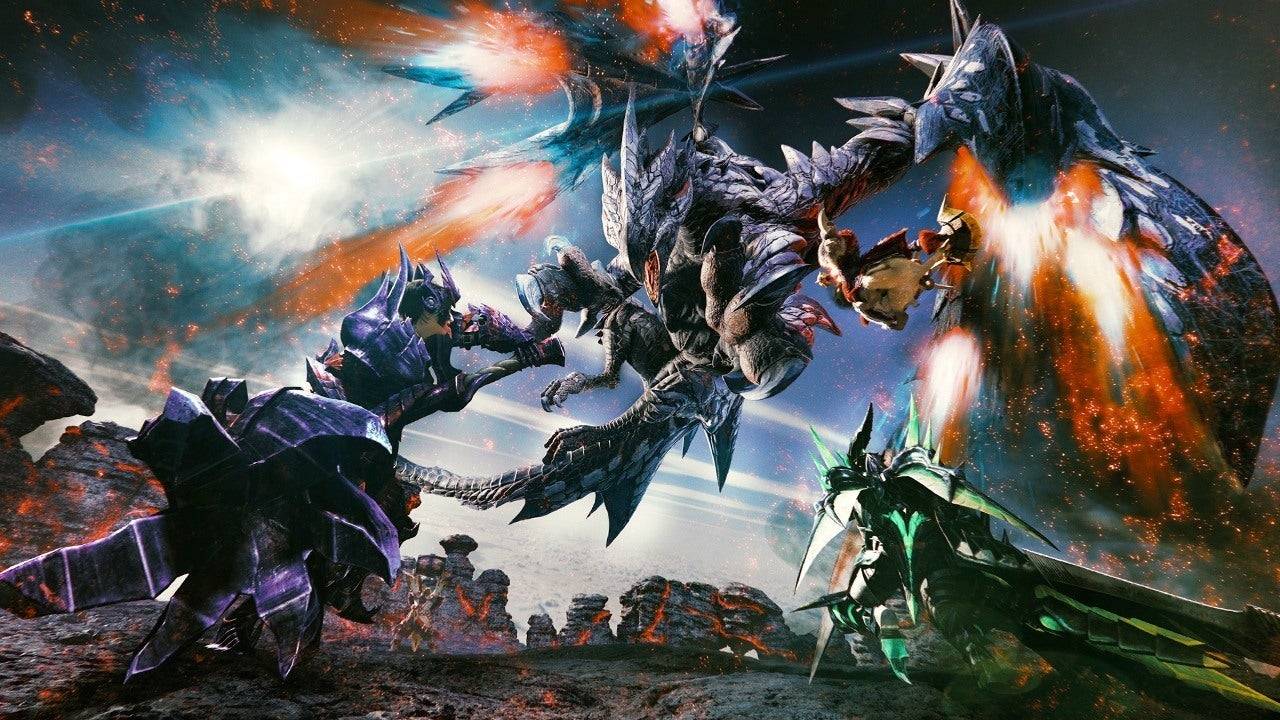
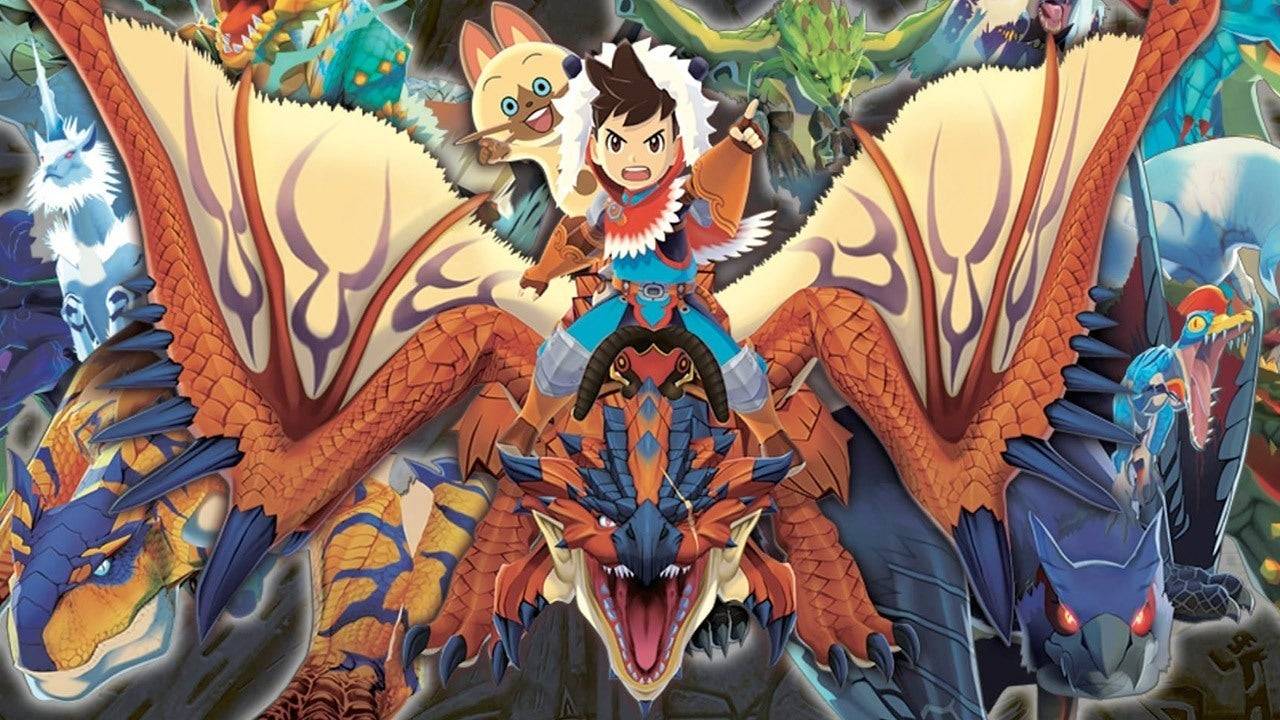
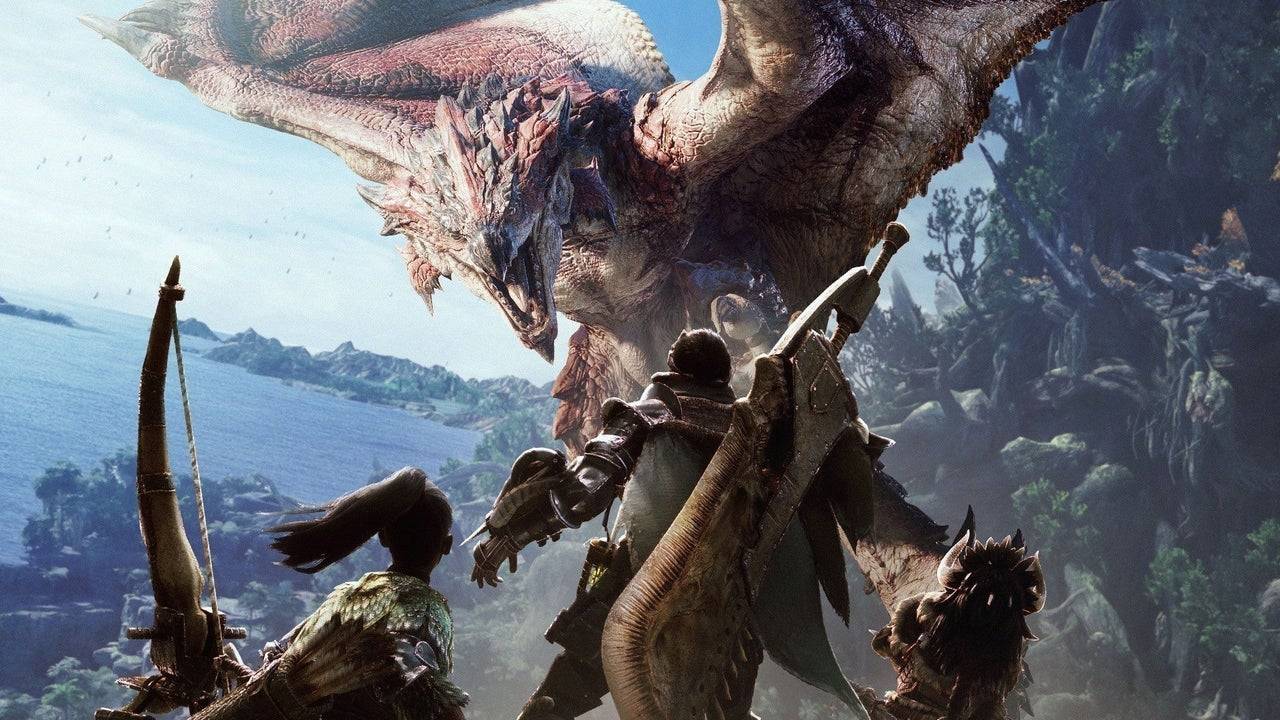
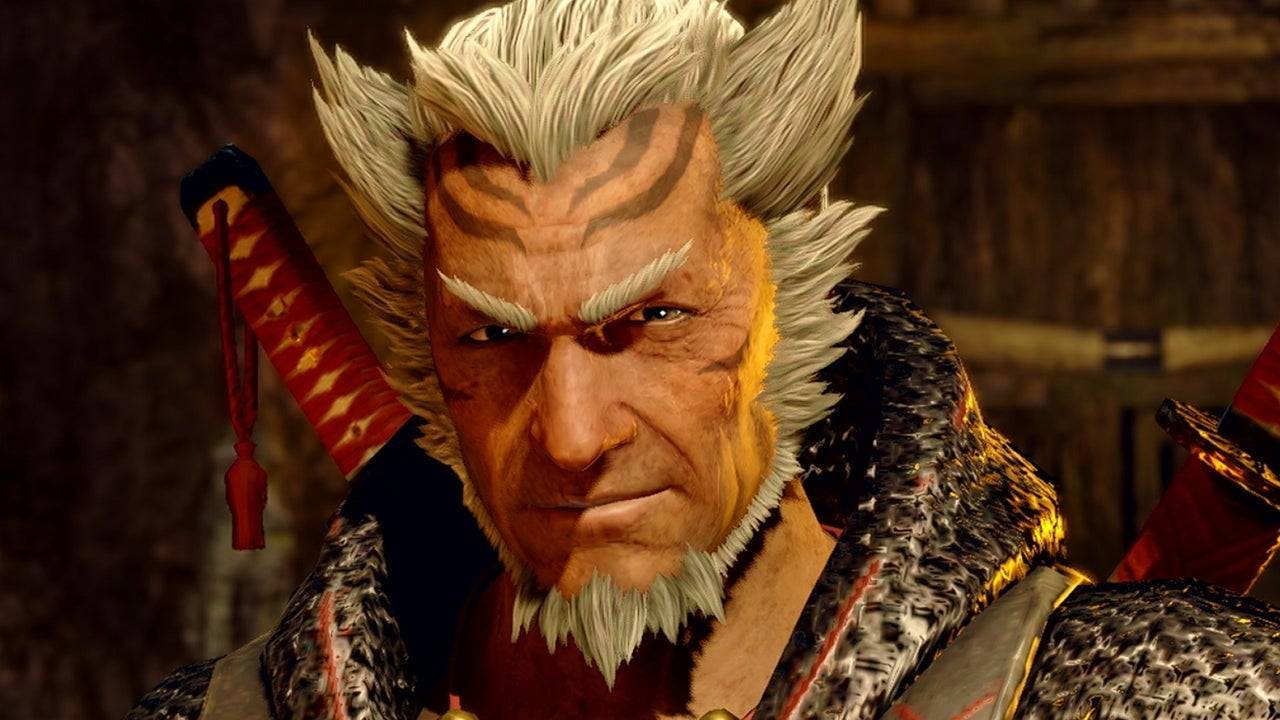
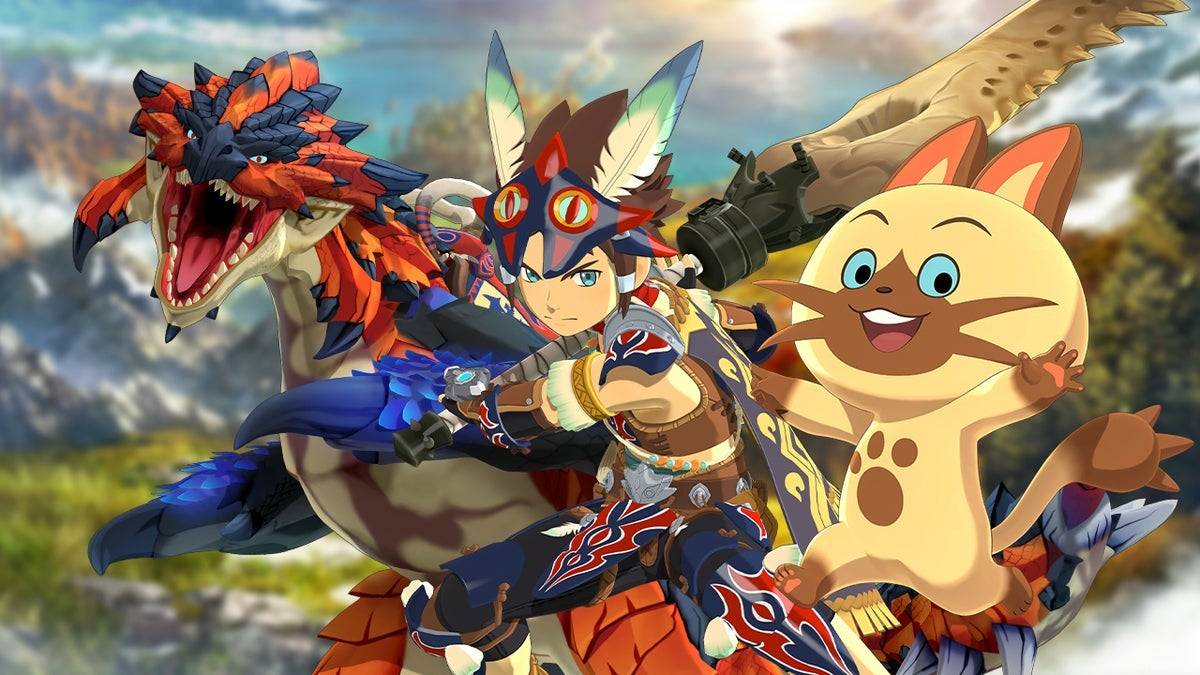
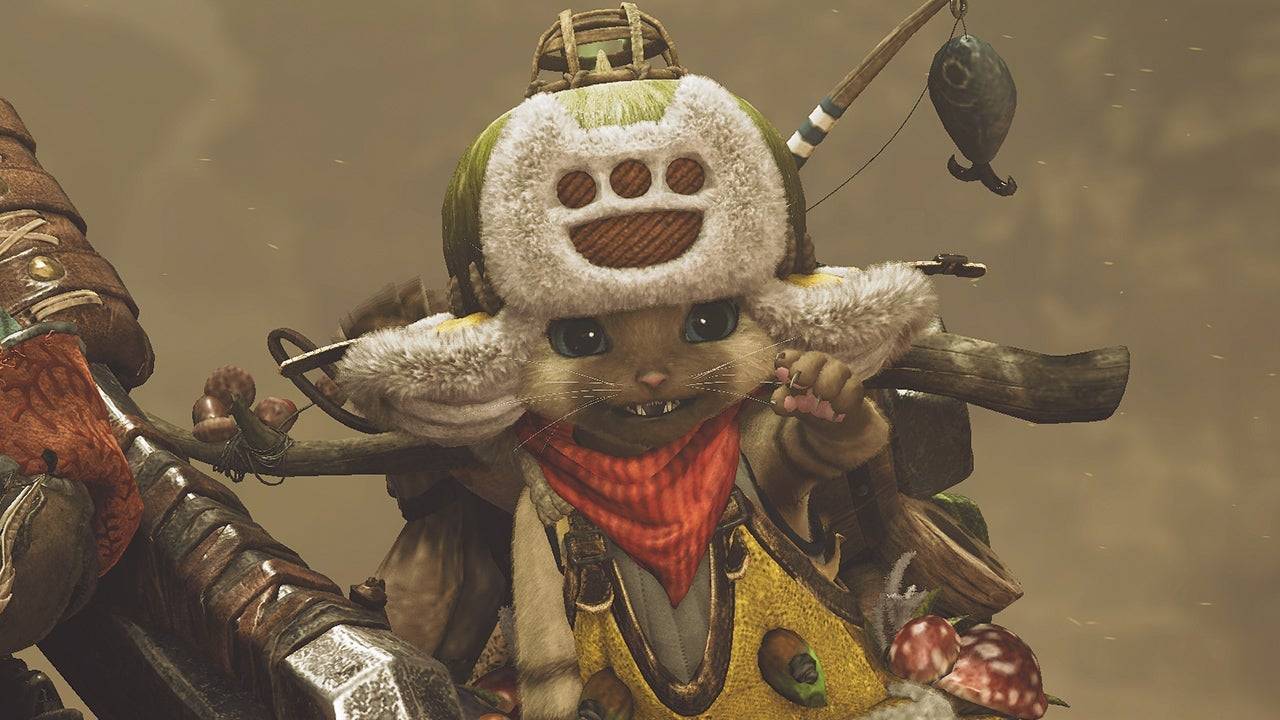
Future of Monster Hunting:
Beyond Monster Hunter Wilds, Capcom and TiMi Studio Group are collaborating on Monster Hunter Outlanders, a free-to-play mobile game featuring multiplayer hunting and a vast open world. The release date remains unannounced.
Mobile Legends: January 2025 Redeem Codes Released
Pokemon TCG Pocket: Paralyzed, Explained (& All Cards with ‘Paralyze’ Ability)
Android Action-Defense
Brutal Hack And Slash Platformer Blasphemous Is Coming To Mobile, Pre-Registration Now Live
Pokémon TCG Pocket Is Dropping a Trade Feature and Space-Time Smackdown Expansion Soon
Mythical Island Debuts in Pokemon TCG, Time Revealed
GWENT: Top 5 Decks for 2025 - Strategies Revealed
Marvel Rivals Showcases New Midtown Map

Lucky Lady's Charm Deluxe Slot
Download
Vô Cực Đại Chiến
Download
Lunch with Ronan mod
Download
Diamond Deluxe Casino - Free Slot Machines
Download
Shopping Mall 3D Mod
Download
Priya’s Awakening
Download
Flight Pilot: 3D Simulator
Download
Flight Pilot: 3D Simulator
Download
L.A. Story - Life Simulator
Download
Pikmin Bloom Earth Day Walk Party Begins
Dec 24,2025
Sony Unveils Official PlayStation Wireless Speakers
Dec 24,2025
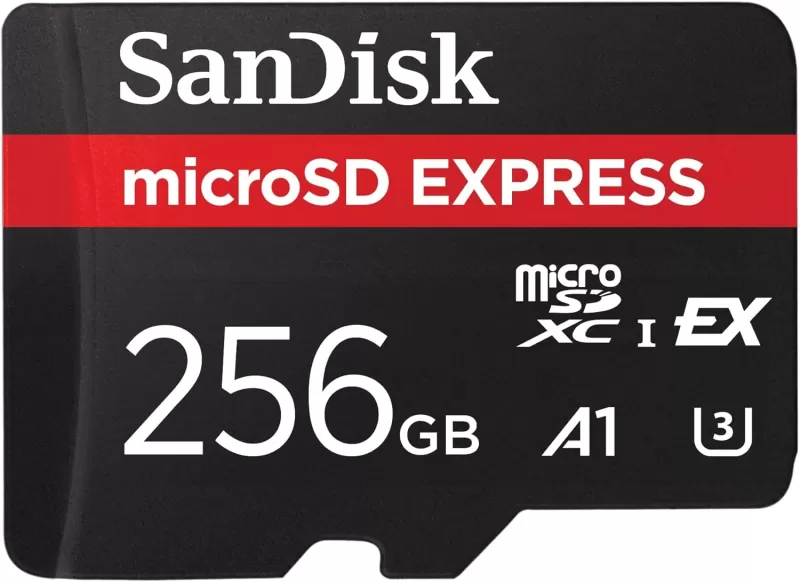
Cyberpunk 2077 to Fill 64GB, a Quarter of Switch 2 Storage
Dec 24,2025
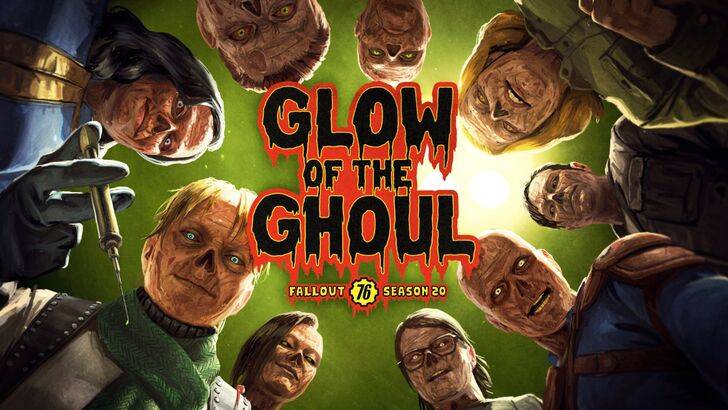
Fallout 76 Unveils New Ghoul-Themed Update
Dec 23,2025
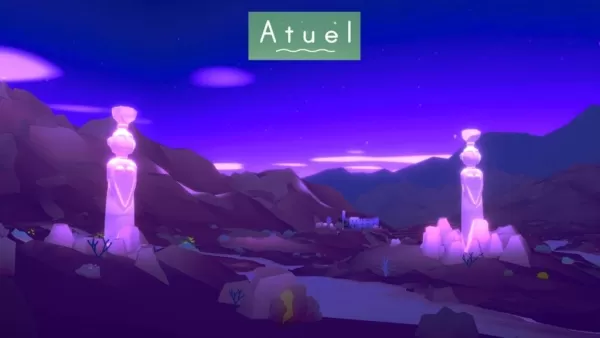
Climate Game Atuel Launches on Android (Note: "Surrealist Documentary" was removed to meet 50-character limit.)
Dec 23,2025